Yuguang Island (魚光島) is a rarity among islets. It wasn’t formed by volcanic action, by the natural accumulation of sediment or by humans dumping rocks. Like Kaohsiung’s Cijin (旗津), it was a peninsula until the authorities decided, for the sake of economic development, to sever it from “mainland” Taiwan.
Back in the 17th century, at least 11 barrier islands made of mud and grit flushed out from inland Taiwan dotted the coast near Tainan. Likening them to humpbacked sea creatures, early Han settlers dubbed them kunshen (鯤鯓), and numbered them from north to south.
Due to the huge amount of sediment washed downriver each typhoon season, Taiwan’s southwestern coastline gradually shifted outward during the 18th and 19th centuries, absorbing the kunshen.
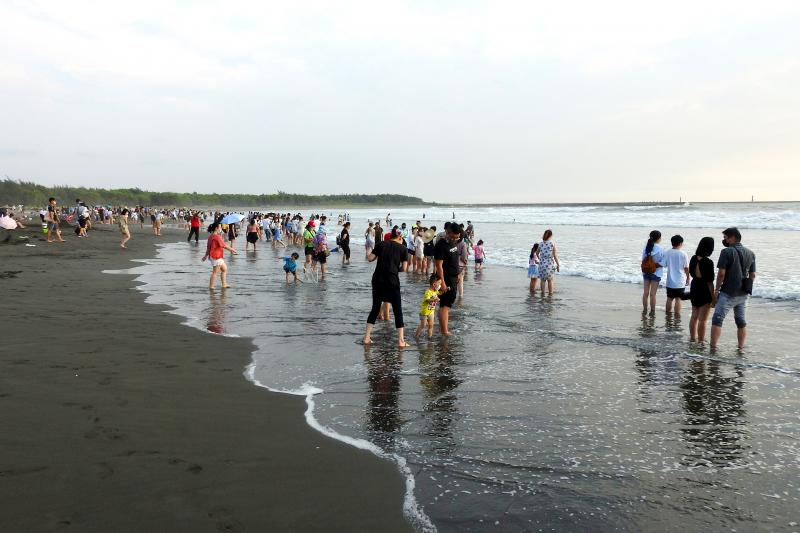
Photo: Steven Crook
As islets they’re long gone, but as place names a few of them survive. Modern-day Anping District (安平) includes Erkunshen (二鯤鯓, “kunshen no. 2”) and Sankunshen (三鯤鯓, “kunshen no. 3” on Yuguang Island). Sikunshen (四鯤鯓, “kunshen no. 4”) is in Tainan’s South District (南區).
For most of the 20th century, vessels accessing Anping Harbor (安平港) did so via a channel not far from the old town, at the northern tip of what’s now Yuguang Island. However, this entrance is too shallow for all but fishing boats and pleasure craft.
In the 1970s, the government began developing a new commercial port at Anping to take some of the pressure off Kaohsiung Harbor. An entrance deep enough for 6,000-tonne cargo ships was dug between Sankunshen and Sikunshen. Tainan folks began to refer to what had been (and, on government documents, still is) Yuguang Borough (漁光里) as Yuguang Island.
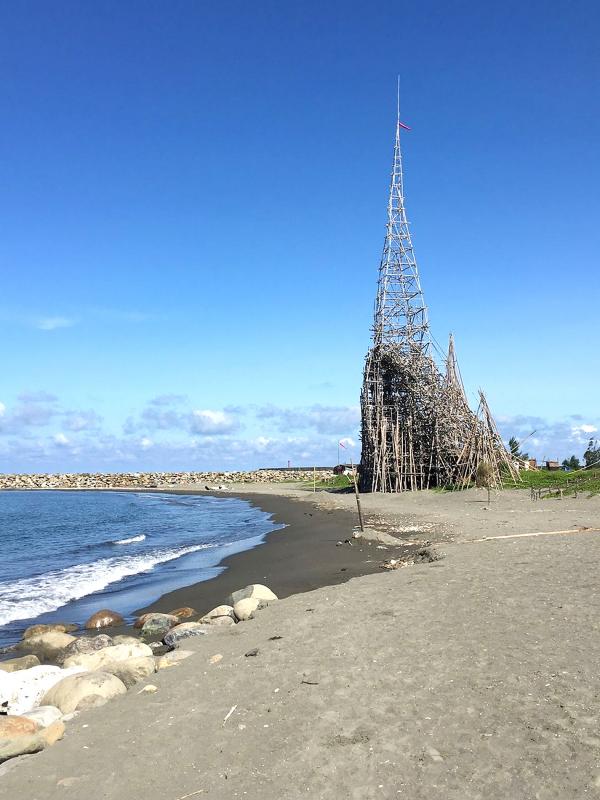
Photo: Chiu Hao-tung, Taipei Times
The cranes and docks of Anping Port (安平商港), which was upgraded to an international commercial port in 1997, aren’t of interest to or accessible by tourists. Yuguang Island, by contrast, attracts swarms of visitors, on weekends in particular, and especially in the hour before sunset.
Unless you swim across the harbor — which isn’t advised, and may well be illegal — there’s only one way onto the island.
The only bridge connecting it with the rest of Taiwan is at the intersection of Jiankang Road (健康路) and Guangjhou Road (光州路), a few hundred meters south of Eternal Golden Castle (億載金城, also known as Erkunshen Battery, 二鯤鯓砲臺), a Qing-era landmark.
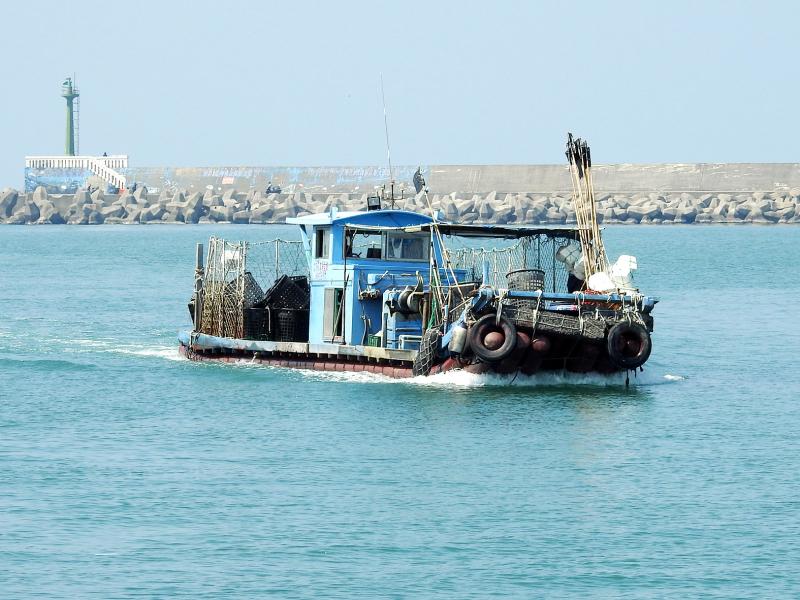
Photo: Steven Crook
As you drive, ride or walk over, your first impression is likely to be of the treeline. Well over half of the island is wooded. Between the Taiwan Strait and Yuguang Road (漁光路) — the only road of significance on this 2.2km-long island — most of the trees are whistling pines (Casuarina equisetifolia), a species planted as a windbreak at many locations along the country’s shoreline.
Near the southern end of the island, which is where almost all of the 450-odd residents live, a shaded pathway hugs the fence that separates the village from part of the harbor. Several of the trees and shrubs beside it are labeled, and it’s here you should go if you’re curious which species can thrive despite poor soil and strong, salt-bearing winds. Amidst all this greenery, there are Indian laurel (Litsea glutinosa), buttonwood (Conocarpus erectus), Premna serratifolia and Formosan Aglaia (Aglaia formosana) specimens.
The vast majority of those who come over the bridge turn neither north nor south, but head straight for Moon Bay (月亮灣), usually timing their arrival so as to see the sun sink into the Taiwan Strait.
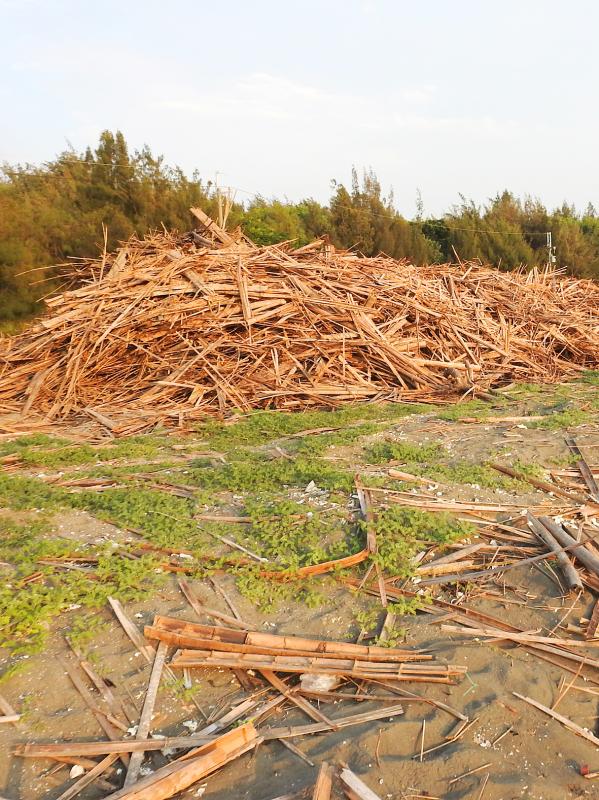
Photo: Steven Crook
The bay has a sizable beach, but it’s neither particularly attractive nor especially clean. If you want to swim, the safest place to do so is probably the northernmost point of the beach, near the motley structures in which watersports enthusiasts store their equipment.
The ramshackle yet striking tower that used to stand at this end of the bay was demolished in June 2019. Hand-built using salvaged bamboo (of which vast amounts wash up on the shores of Yuguang Island), it was assembled in fits and starts by an Englishman called Hugo.
No construction license was ever granted, but the authorities tolerated the project once it became obvious that the tower was a bona fide tourist attraction. Unfortunately, after a bamboo hut elsewhere on the beach collapsed during a rainstorm, killing a boy, it was decided that the tower had to go.
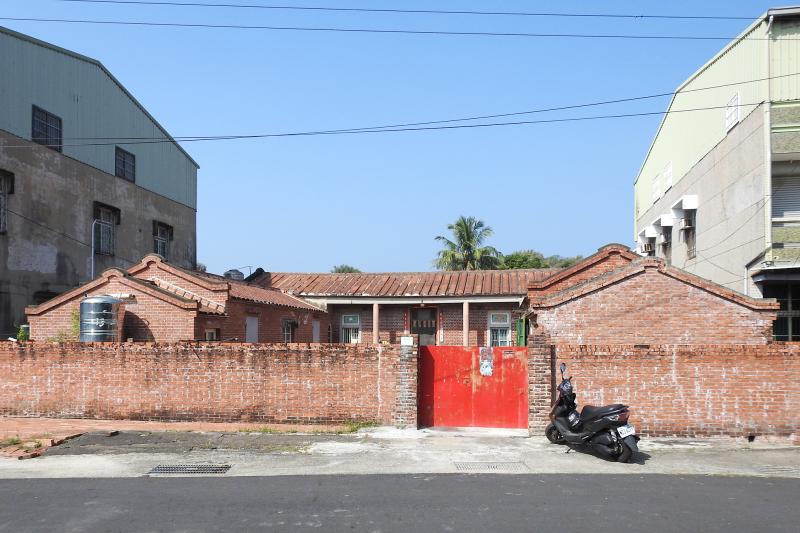
Photo: Steven Crook
Despite Yuguang Island’s current popularity, there are those who’d like to see it turned into a full-scale beach resort, or even a gambling center.
During their mayoral stints, both George Chang (張燦鍙, who held office from 1997 to 2001) and Hsu Tain-tsair (許添財, mayor 2001 to 2010) expressed hopes that Yuguang Island could be developed. Their efforts, however, were impeded by the fact that much of the island is designated a national protected area, meaning the woodland on it cannot be cleared.
Those in favor of gambling argue that Yuguang Island falls within the scope of the Offshore Islands Development Act, which was in part drafted to facilitate the development of gaming resorts in places like Penghu County.
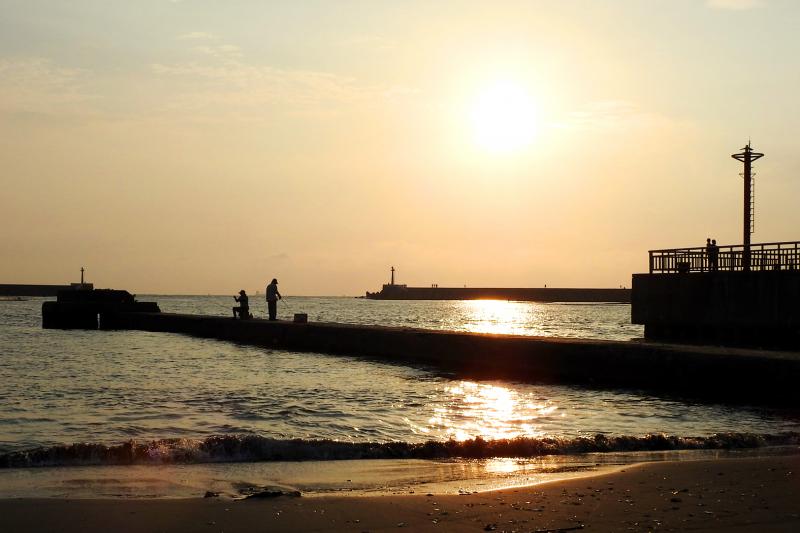
Photo: Steven Crook
However, the same law stipulates that residents would have to demonstrate their agreement via a referendum before any casinos could be built. Publicly, at least, no one appears to be pushing for a vote by Yuguang Islanders.
At a council meeting in 2016, Democratic Progressive Party (DPP) City Councilor Lee Wen-cheng (李文正) spoke in favor of opening the door to the gaming industry, while talking up the island’s “many natural landscapes... all of which are unique tourism resources.”
Given the size of Yuguang Island, it’s hard to see how these attractions could survive intact if casinos and hotels were built. The island may have dodged this particularly bullet — but that doesn’t mean detestable new schemes involving concrete and rebar won’t be cooked up.
Steven Crook has been writing about travel, culture and business in Taiwan since 1996. He is the author of Taiwan: The Bradt Travel Guide and co-author of A Culinary History of Taipei: Beyond Pork and Ponlai.

Most heroes are remembered for the battles they fought. Taiwan’s Black Bat Squadron is remembered for flying into Chinese airspace 838 times between 1953 and 1967, and for the 148 men whose sacrifice bought the intelligence that kept Taiwan secure. Two-thirds of the squadron died carrying out missions most people wouldn’t learn about for another 40 years. The squadron lost 15 aircraft and 148 crew members over those 14 years, making it the deadliest unit in Taiwan’s military history by casualty rate. They flew at night, often at low altitudes, straight into some of the most heavily defended airspace in Asia.

Many people in Taiwan first learned about universal basic income (UBI) — the idea that the government should provide regular, no-strings-attached payments to each citizen — in 2019. While seeking the Democratic nomination for the 2020 US presidential election, Andrew Yang, a politician of Taiwanese descent, said that, if elected, he’d institute a UBI of US$1,000 per month to “get the economic boot off of people’s throats, allowing them to lift their heads up, breathe, and get excited for the future.” His campaign petered out, but the concept of UBI hasn’t gone away. Throughout the industrialized world, there are fears that

Like much in the world today, theater has experienced major disruptions over the six years since COVID-19. The pandemic, the war in Ukraine and social media have created a new normal of geopolitical and information uncertainty, and the performing arts are not immune to these effects. “Ten years ago people wanted to come to the theater to engage with important issues, but now the Internet allows them to engage with those issues powerfully and immediately,” said Faith Tan, programming director of the Esplanade in Singapore, speaking last week in Japan. “One reaction to unpredictability has been a renewed emphasis on

Taiwan’s democracy is at risk. Be very alarmed. This is not a drill. The current constitutional crisis progressed slowly, then suddenly. Political tensions, partisan hostility and emotions are all running high right when cool heads and calm negotiation are most needed. Oxford defines brinkmanship as: “The art or practice of pursuing a dangerous policy to the limits of safety before stopping, especially in politics.” It says the term comes from a quote from a 1956 Cold War interview with then-American Secretary of State John Foster Dulles, when he said: ‘The ability to get to the verge without getting into the war is